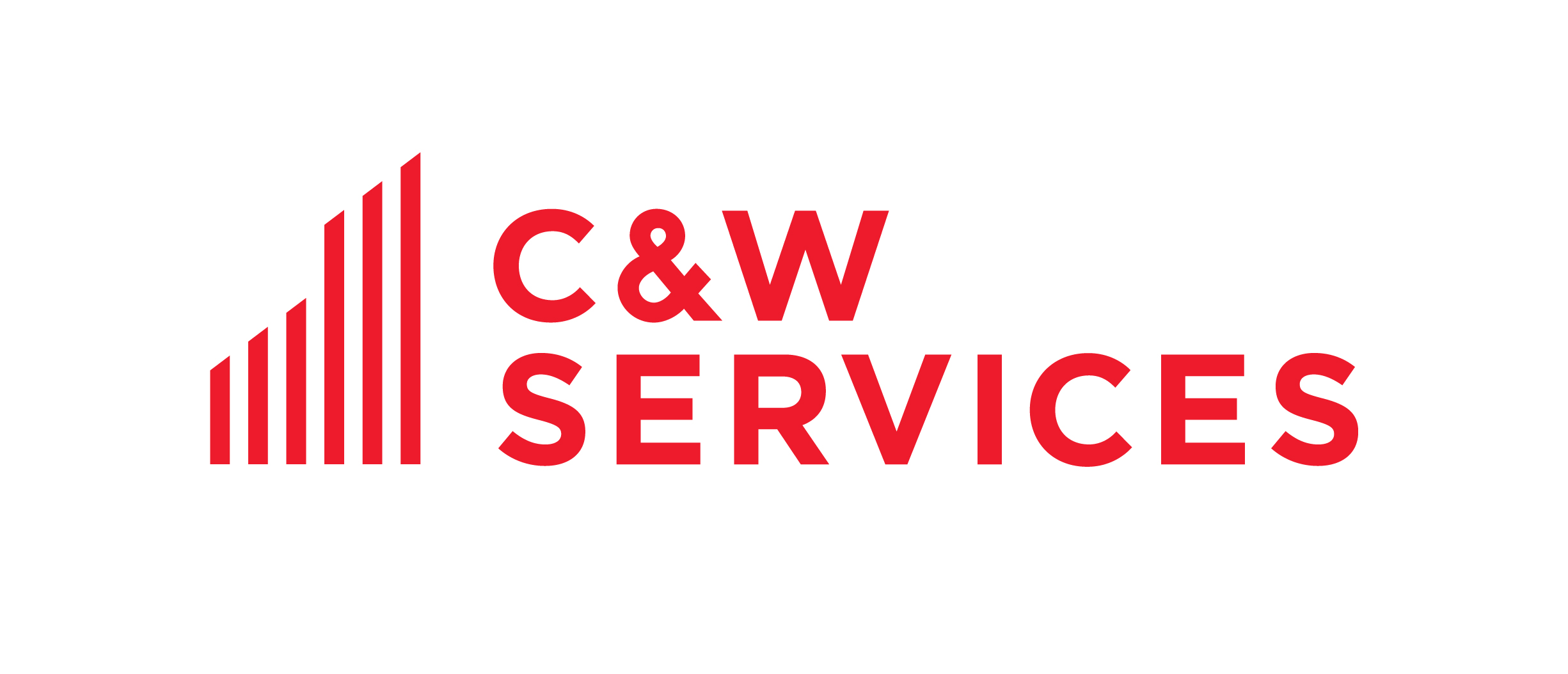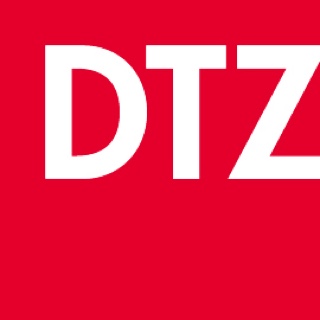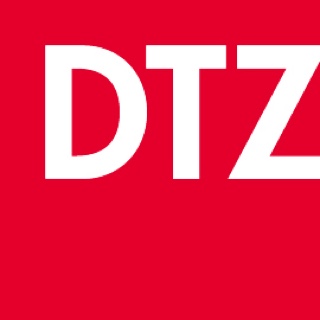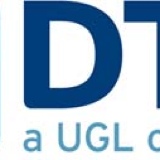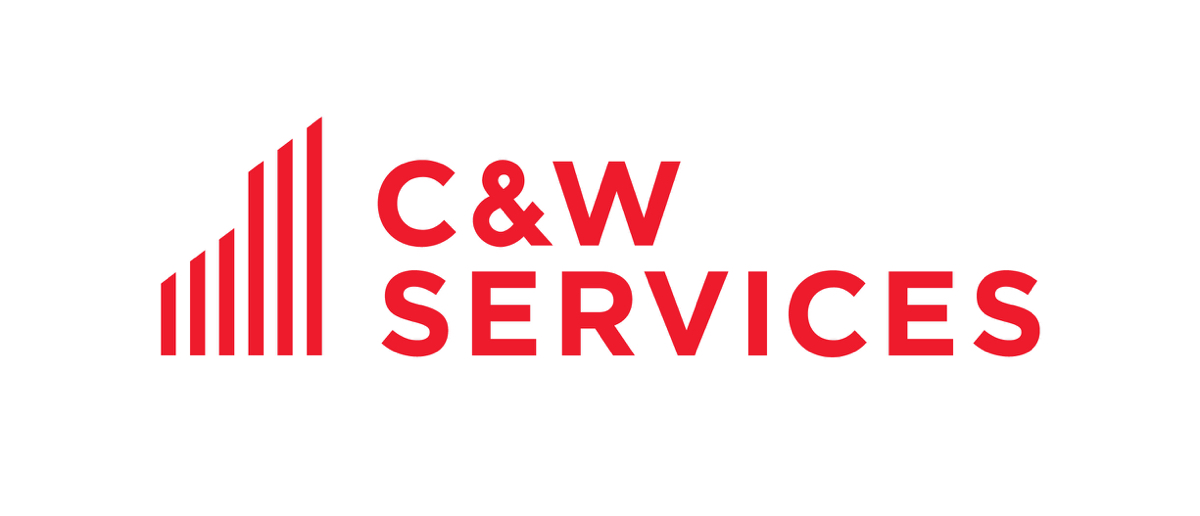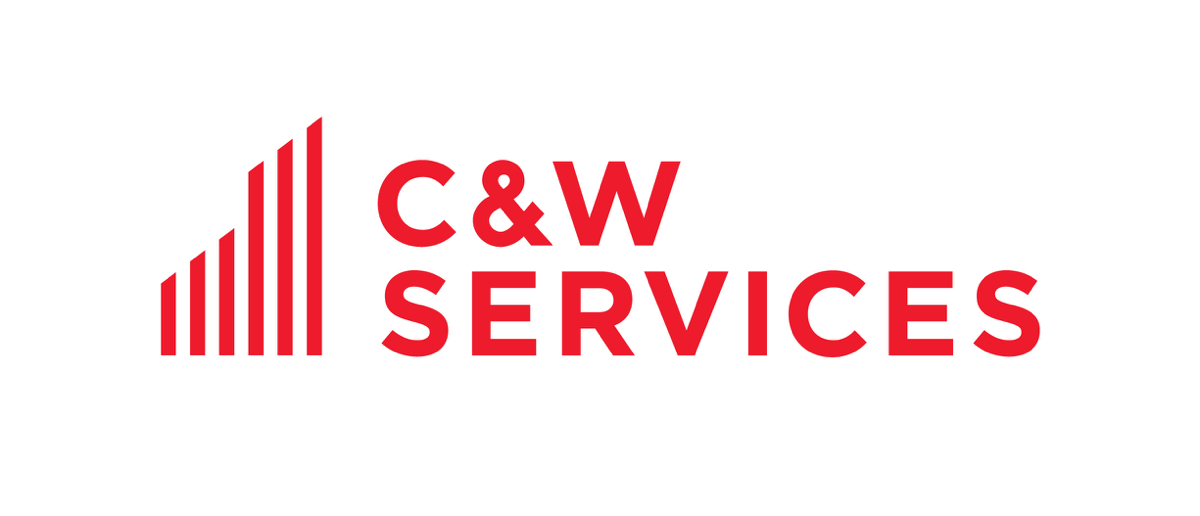Title Page
-
Facility Address
-
Manager/Supervisor
-
Date/Time
-
Inspector(s)
Hand Tool Self-Inspection Checklist
Hand Tool Self-Inspection Checklist
-
All tools and equipment maintained in good condition?
-
Hand tools such as chisels, punches, etc., which develop mushroomed heads during use, reconditioned or replaced as necessary?
-
Broken or fractured handles on hammers, axes, and similar equipment replaced promptly?
-
Worn or bent wrenches replaced regularly?
-
Appropriate handles used on files and similar tools?
-
Employees made aware of the hazards caused by faulty or improperly used hand tools?
-
Appropriate safety glasses, face shields, etc. used while using hand tools or equipment which might produce flying materials or be subject to breakage?
-
Jacks checked periodically to assure they are in good operational condition?
-
Tool handles wedged tightly in the head of all tools?
-
Tool cutting edges kept sharp so the tool will move smoothly without binding or skipping?
-
Tools stored in dry, secure location?
Power Tool Self-Inspection Checklist
Portable Power Tools and Equipment
-
Grinders, saws and similar equipment provided with appropriate safety guards?
-
Power tools used with the correct shield, guard, or attachment, recommended by the manufacturer?
-
Portable circular saws equipped with guards above and below the base shoe?
-
Circular saw guards checked to assure they are not wedged up, thus leaving the lower portion of the blade unguarded?
-
Rotating or moving parts of equipment guarded to prevent physical contact?
-
All cord-connected, electrically-operated tools and equipment effectively grounded or of the approved double insulated type?
-
Effective guards in place over belts, pulleys, chains, and sprockets?
-
Portable fans provided with full guards or screens having opening 1/2 inch or less?
-
Hoisting equipment available and used for lifting heavy objects, and are hoist ratings and characteristics appropriate for the task?
-
Ground-fault circuit interrupters provided on all temporary electrical 15 and 20 amp circuits, used during periods of construction?
-
Pneumatic and hydraulic hoses on power-operated tools checked regularly for deterioration or damage?
ABRASIVE WHEEL EQUIPMENT-GRINDERS
-
Work rest used and kept adjusted to within 1/8 inch of the wheel?
-
Adjustable tongue on the top side of the grinder used and kept adjusted to within 1/4 inch of the wheel?
-
Side guards cover the spindle, nut, and flange and 75 percent of the wheel diameter?
-
Bench and pedestal grinders permanently mounted?
-
Goggles or face shields always worn when grinding?
-
Maximum RPM rating of each abrasive wheel compatible with the RPM rating of the grinder motor?
-
Each grinder has an individual on/off control switch
-
Each electrically operated grinder effectively grounded?
-
Dust collectors and powered exhausts provided on grinders used in operations that produce large amounts of dust?
-
Splash guards mounted on grinders that use coolant to prevent the coolant from reaching employees?
-
Cleanliness maintained around grinders?
POWDER-ACTUATED TOOLS
-
Employees who operate powder-actuated tools trained in their use?
-
Each powder-actuated tool stored in its own locked container when not being used?
-
Sign at least 7 inches by 10 inches with bold face type reading "Powder-Actuated Tool in Use" conspicuously posted when the tools are being used?
-
Powder-actuated tools left unloaded until they are actually ready to be used?
-
Powder-actuated tools inspected for obstructions or defects each day before use?
-
Powder-actuated tool operators have and use appropriate personal protective equipment such as hard hats, safety goggles, safety shoes and ear protectors?
